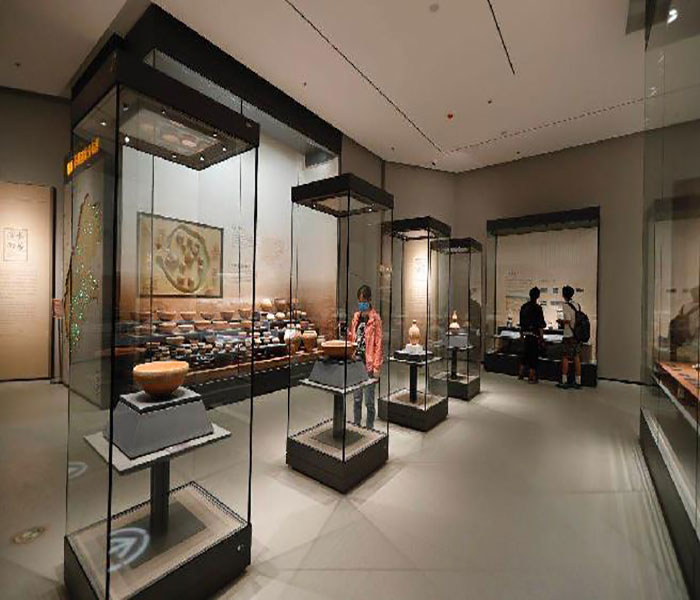Augmented Reality (AR) technology is no longer a far-fetched concept but is gradually integrated into our daily lives. As technology continues to advance, an emerging application of AR technology, AR Glass, is quietly changing the way we interact with the world.AR Glass is a type of smart glass or headset that incorporates Augmented Reality technology, which enhances the visual experience of the real world by adding digital information or images to the user's vision. In this article, we will delve into the development of AR glass technology, use cases and how it affects all facets of our lives and work.
Introduction to AR Glass Technology AR glass technology is centred on seamlessly combining virtual information with the real world to provide users with a new interactive experience. This technology usually relies on transparent display screens, sensors (e.g. GPS, accelerometers), and powerful processing power to realise it. ar glass can superimpose computer-generated images in the user's natural line of sight, which appear to be indistinguishable from the real world.
Technology Development The development of AR glass can be traced back to augmented reality research in the late 20th century. With the popularity of smartphones and tablets, the performance of mobile processors has increased dramatically, providing a hardware foundation for the development of AR technology. At the same time, advances in cloud computing and big data have provided the necessary support for AR applications. In recent years, with technological breakthroughs in optical components and microdisplays, AR glass has begun to move from the laboratory to the market.
Application Areas The application scenarios of AR glass are becoming more and more extensive, and the following are some important application areas:
Education and Training AR glass can provide interactive learning experiences for students and professionals. For example, medical students can perform virtual dissections through AR Glass, while engineers can get real-time information through AR guidance in complex mechanical repairs.
Navigation and travelling In the field of navigation, AR glass can map route directions directly onto real roads, allowing drivers or pedestrians to find their destination more safely and intuitively. For travellers, AR glass can provide instant information on attractions, translation services and more.

Entertainment & Gaming AR Glass has revolutionised the gaming and entertainment industry. Users can experience immersive gaming environments at home through AR glass or enjoy an augmented reality viewing experience at the cinema.
Industrial Design & Manufacturing Designers can view 3D models of products in a real environment through AR glass, while workers can receive step-by-step instructions to improve efficiency and accuracy during assembly or repair.
Retail & Commerce Retailers can use AR Glass to provide a personalised shopping experience, such as trying on clothes or previewing furniture arrangements. Business people can collaborate remotely through AR glass, enabling virtual meetings and real-time data sharing.
Changing the way we interact with AR glass changes the way we access information and interact with our environment. Unlike traditional handheld devices, AR glass allows users to access information without interrupting their daily activities, reducing reliance on mobile phones or other devices. This technology makes information more intuitive and accessible, while also opening up possibilities for innovative ways of interacting.
Challenges and the future Although AR glass technology shows great potential, several challenges remain. Technically, it is a challenge to manufacture comfortable, stylish yet high-performance AR glasses. In addition, privacy and security issues are also important issues that need to be addressed for AR glass. In the future, with the further development of technology, we can foresee that AR glass will be lighter, smarter and better integrated into our lives.
AR glass technology represents the future trend of human-computer interaction, which provides us with a richer and more convenient real world. With the maturity of the technology and the expansion of applications, AR glass is expected to play a greater role in education, healthcare, industry, entertainment and other fields. Although there are still some technical and market challenges, with deeper research and technological advances, AR glass has the potential to be the next milestone in changing the way we interact with the world.






